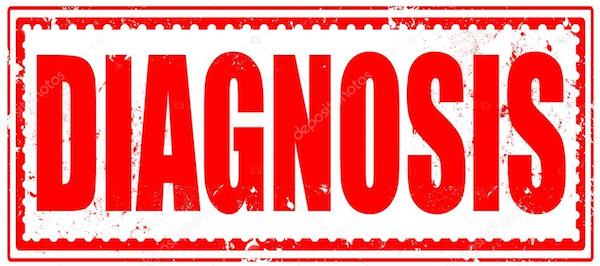
From the Editor…
When the clinical observations of a dermatologist are supported by a biopsy prepared by a dermatopathologist, a diagnosis of pityriasis rubra pilaris is rendered and the diagnostic code L44.0 entered into the patient’s medical record.
The International Classification of Diseases (ICD) is an essential element in every medical record. The ICD code is important for health insurance reimbursement, administration, epidemiology (the cause, incidence, distribution and control of diseases in specific populations). Of the approximately 7,000 rare diseases, only about 500 have a specific ICD code. (1)
Codification is a process where a disease is assigned an individual code so that it can be easily recognized within a health information system. “A health information system is a group of IT tools, databases and procedures related to patient cases and diseases and is used to make decisions to improve treatment, research, care and healthcare management. Codification allows healthcare professionals to store and search for disease information in a faster and easier way.” (2)
“Effective codification can make it easier to identify and diagnose a patient’s disease. Effective codification of each individual rare disease can help to ensure that no rare disease, and as a result no rare disease patient, is lost within a healthcare system. The data retrieved through codification can also be used in much-needed rare disease clinical research and also for national healthcare services to better perform epidemiological studies and to better plan their services.” (2)
The ICD-10 code for pityriasis rubra pilaris is L44.0
“Different versions of the ICD code exist worldwide. The United States currently uses the ICD-10-CM, a Clinical Modification of the WHO (World Health Organization) standard for diagnoses adapted for insurance reimbursement and billing purposes. This version allows for further breakdown of a code, which increases diagnosis specificity. (1)
The ICD-10 codes for diseases of the skin and subcutaneous tissue fall in the bucket labeled “L00-L99. Most recognizable to the PRP community would be our kindred spirits diagnosed with dermatitis and eczema (L2 to L30) and psoriasis (L40.0). (3)
Pityriasis rubra pilaris falls in the category of “Other papulosquamous disorders”. A papulosquamous disorder is a condition which presents with both papules and scales, or both scaly papules and plaques. (3)
More information in the PRP Survival Guide about PRP and Diagnostic Codes
❏½ ICD Coding for Rare Diseases from GARD
❏½ Does your rare disease have a code?
❏½ Were dermatologists ready for ICD-10?

(1) Genetic and Rare Diseases Information Center, Coding for Rare Diseases, updated 6/24/2015; https://rarediseases.info.nih.gov/guides/pages/123/icd-coding-for-rare-diseases
(2) Does Your Rare Disease Have a Code?, Eva Berryman, Junior Communications Manager, EURORDIS, http://www.eurordis.org/news/does-your-rare-disease-have-code
(3) ICD10Data.com; http://www.icd10data.com/ICD10CM/Codes/L00-L99/L40-L45/L44-/L44.0
